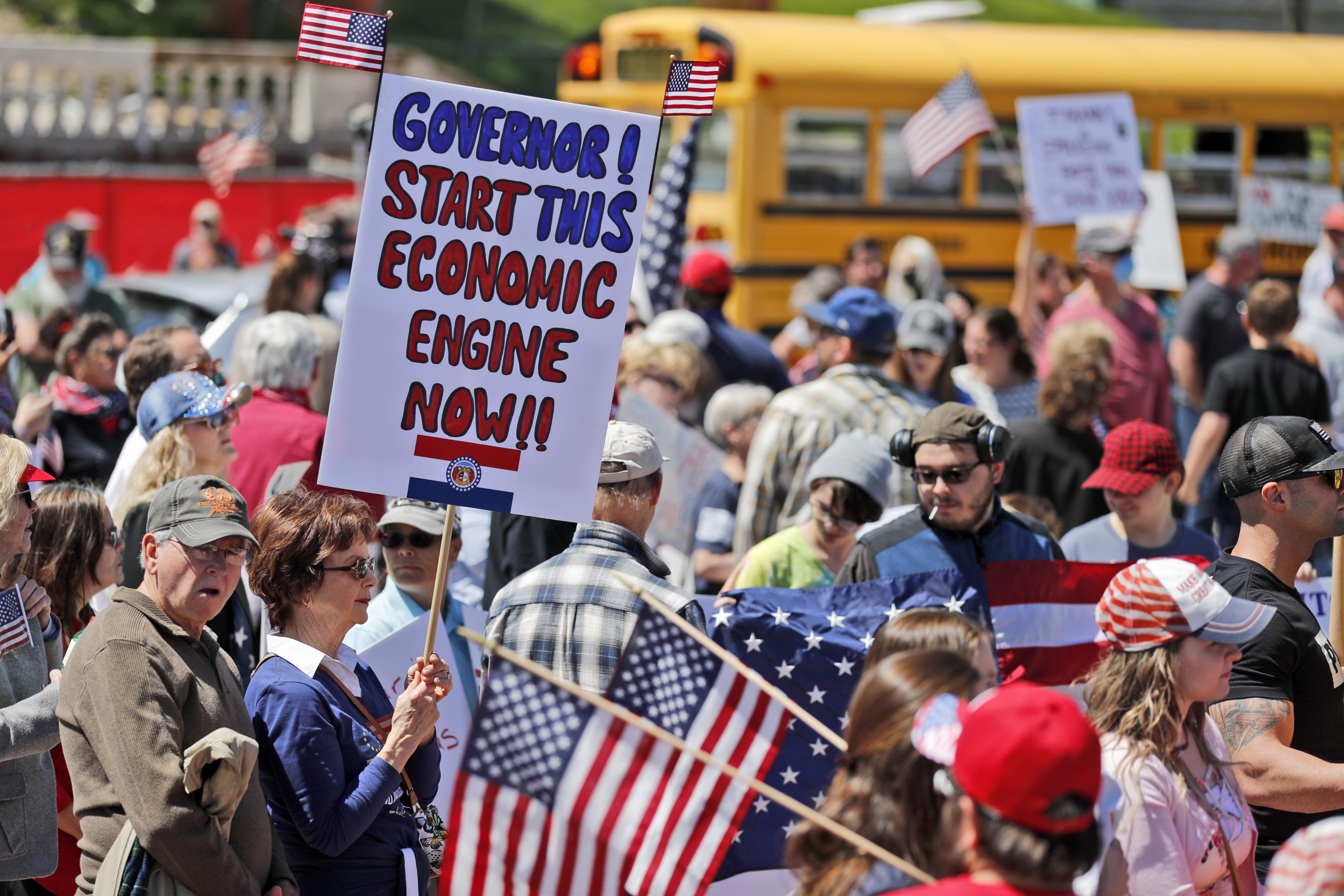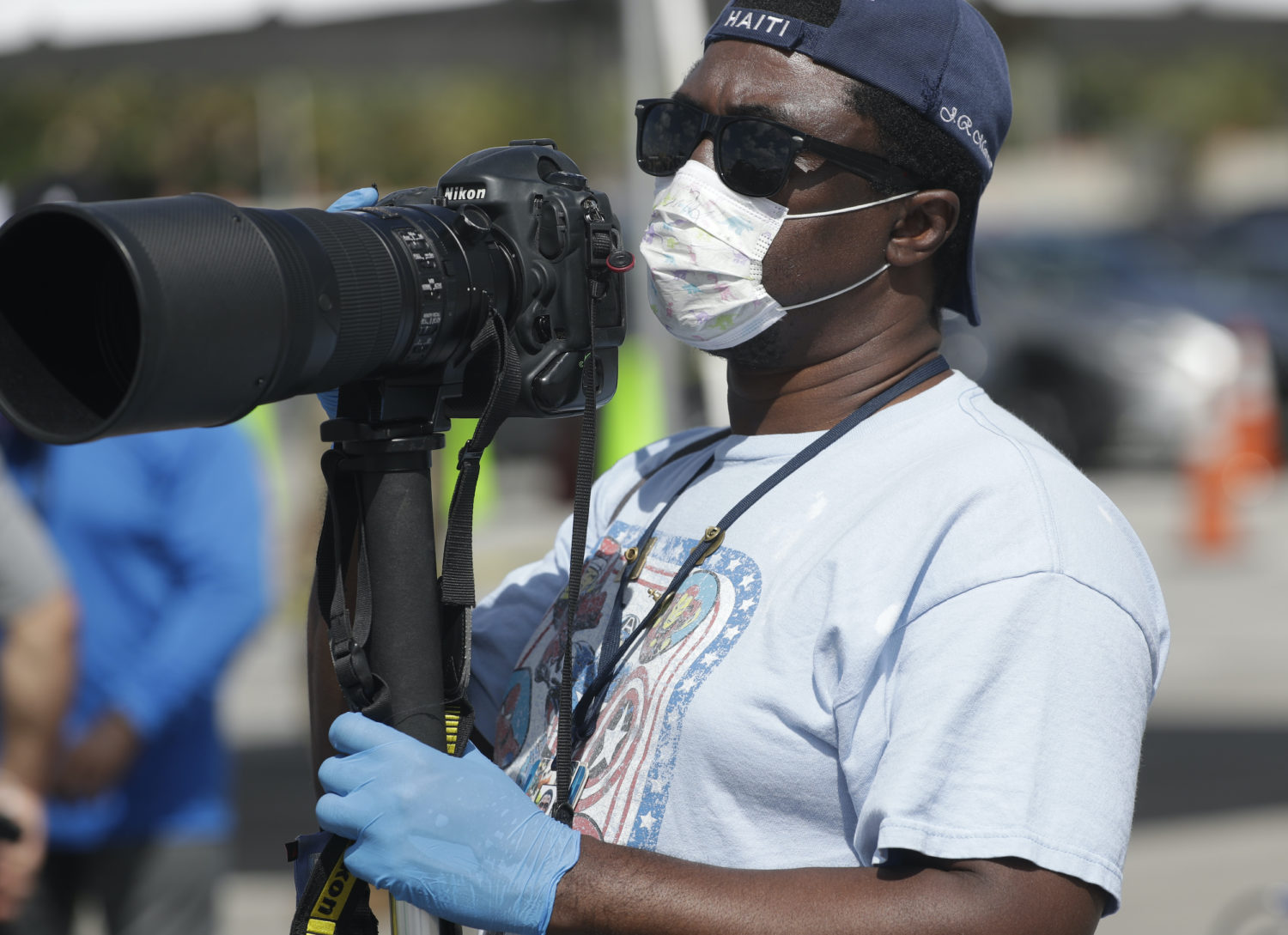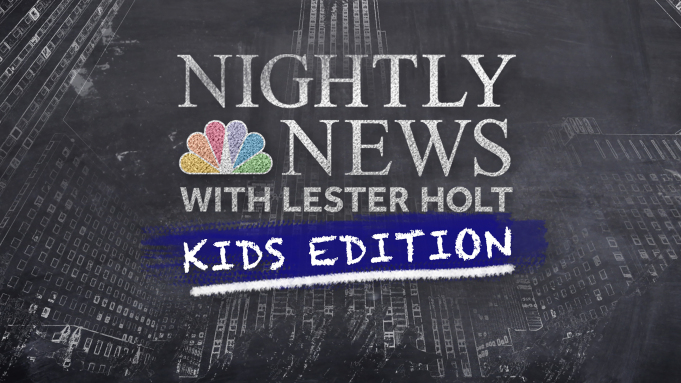The Poynter Report is our daily media newsletter. To have it delivered to your inbox Monday-Friday, click here.
Covering the coronavirus is scary.
Journalists can make phone calls and send emails and FaceTime sources, but at some point, they have to do what reporters have done forever — get out of the office and go where the story is.
But that’s also where the danger is.
And no one exposes themselves to that danger more than photojournalists.
“Being a photojournalist right now, covering coronavirus is incredibly challenging,” Akili Ramsess, executive director of the National Press Photographers Association, told me. “Right now, that’s our main topic of conversation and concern. How are we keeping safe? How can they do their jobs and stay safe?”
The difficulty is staying far enough away from people to be safe, but getting close enough to get good visuals. There are lots of photos taken with long lenses and through windows.
But the results are secondary. It’s all about safety, a problem that was exacerbated early on by the lack of protective equipment. Many news organizations have done well providing the necessary safety equipment — masks, gloves, wipes, etc — but many still have not. The issue has been such a concern that the NPPA put out a list of recommendations, which was mostly curated by photojournalists from places such as Houston, Seattle and San Francisco.
Some of it was common sense — how asymptomatic people can spread the virus, not to go into subjects’ homes, practicing social distancing. But there were also some reminders that go against second nature. Like not putting down equipment in potentially dangerous spots, changing and washing clothes as soon as you get home from an assignment and being especially careful about how close microphones get to subjects.
Early on, most photo departments were on their own. Visual journalists purchased their own protective equipment. So did freelance photographers. I spoke to several freelancers this week who asked to not be identified who said they have had to get their own protective equipment. In addition, many freelancers have to weigh the health risks against how turning down a valuable assignment could cost them future assignments. Plus, freelancers have seen their commercial work (such as weddings and events) dry up, and they need the news work more than ever.
So what do they do? Stay safe and not get paid? Or put themselves at risk in order to pay the bills?
Many photojournalists are still on their own with procuring the protective gear they need to do their jobs safely. But there is good news, too. Many news outlets have become more proactive in making sure photographers are safe. In addition, the NPPA shipped out more than 1,000 masks this week to visual journalists.
But no matter how many masks and gloves and long lenses visual journalists have, it doesn’t change the fact that covering the coronavirus is scary.
Protecting their own
What are news organizations doing to protect their journalists who are covering coronavirus? I reached out to several to find out.
At The Dallas Morning News, Marcia Allert, the director of photography, has taken the lead role, obtaining about 1,000 paper masks. Each one lasts only about a half day, but it’s something. Morning News editor Mike Wilson told me they are also providing alcohol wipes and nitrile gloves for reporters and photographers in the field.
“Even so,” Wilson said, “we’re asking our journalists to follow the same social distancing practices they use on a trip to the grocery store.”
All indications are that The New York Times and The Washington Post have done as much as any outlet at protecting their journalists. They have provided the best protective gear available. Tracy Grant, managing editor at the Post, told me, “We are providing masks and other essential items for our journalists locally, nationally and around the world to help ensure their safety while reporting in the field.”
Jon Forsythe, who leads video and audio for the McClatchy chain, told me, “We were able to secure masks from a company in North Carolina and distribute them across our newsrooms. We also worked with our operations team to source gloves and hand sanitizer to distribute to our news staff. We continue to source protective supplies for our team so that they are able to operate in the field safely. At the same time, we continue to remind our team to observe social distance recommendations.”
To that end, Forsythe said McClatchy discourages the use of lavalier microphones, telling journalists to sacrifice audio quality to ensure the safety of its staff and subjects.
Mark Katches, executive editor of the Tampa Bay Times, said his outlet has a limited number of reusable masks mostly for photographers and videographers
“We’ve also gotten about a half dozen personal protection gear kits that include masks, robes and shoe covers and gloves,” Katches said. “Some of our staff have obtained their own protective gear or have made do with homemade masks.”
Katches said the Times has put in a big order for additional masks and gloves.
“We’re hearing that it might be another few weeks of waiting before those arrive,” Katches said. “And, of course, we’ve repeatedly urged our reporters and visual journalists in the field to make sure they are keeping safe distances and to remain out of harm’s way.”
Covering the protests

Rally on Tuesday outside the Missouri Capitol to protest stay-at-home orders put into place due to the COVID-19 outbreak. (AP Photo/Jeff Roberson)
Protests against stay-at-home orders need to be covered by the media. While the protests are mostly peaceful, there is a danger because, obviously, many protesters are ignoring social distancing guidelines.
The Committee to Protect Journalists has put out a safety advisory for how journalists can cover these protests. Among the recommendations:
- Avoid getting close enough to avoid protesters’ spit droplets and coughs.
- Be aware of surroundings so you can stay on the outside of the crowds, as opposed to being caught in the middle.
- Try elevated locations for not only safety, but better visuals.
- Be aware the protest could turn violent and look for escape routes.
These are just a few of many, which gives a good picture (pardon the pun) of the dangers reporters face covering protests.
By the way, not all protests have been free of violence. A California man was charged with kidnapping after threatening a Los Angeles Fox 11 photographer. The man was protesting the stay-at-home order and became angry when he was filmed. He allegedly held a pocket knife, forced the photographer into his TV truck and demanded the photographer delete any video of the man at the protest.
Trump’s twitter rants
President Trump sent out three nasty tweets about the media — all before 7 a.m. on Tuesday. Wouldn’t you think the president of the United States has more important things to worry about when he first wakes up these days than attacking the media on Twitter? Here’s my Tuesday column about it.
Faking it
“Fake news.” We hear the term so often that we don’t even know what it means anymore. In a column, Rob Curley — editor of The Spokesman-Review in Spokane, Washington — wrote, “Today, we hear the phrase all the time, but it’s oddly been turned into something that seems charged and political, whether something is factual or not. And if it is true, there are now ‘alternate facts’ you should believe are truer, despite facts not actually working that way.”
Those who use the phrase “fake news” think it means news that’s not factually true. But, actually, it tends to be a phrase used by those who don’t like the news. As Curley wrote, “When we print that a road is going to close on Monday for construction, that’s true. When we say the previous day’s high temperature was 22 degrees and that it snowed 2.7 inches out at the airport, we all know it’s true … even if we don’t want either to be true.”
The Spokesman-Review’s Charles Apple has a superb page on exactly what “fake news” is.
For the kids
NBC’s “Nightly News: Kids Edition” debuted last week and NBC has now announced new episodes will appear on YouTube on Tuesdays and Thursdays. Here’s Tuesday’s edition. It’s a short newscast about the coronavirus for kids, featuring NBC experts leading features and answering kids’ questions.
Anchor Lester Holt told the Associated Press’ David Bauder, “It’s healthy to have someone who will talk to them in as plain a language as possible and really walk them through what we know and what the coping techniques are for all of us.”
Veteran journalist Linda Ellerbee, who made news programs for young people on Nickelodeon starting with the first Gulf War, told Bauder, “I think it’s hugely important because it’s not a story these kids can avoid.”
I have news for you: It’s a show adults can appreciate and learn from, too.
Fun story of the day
“Old Hoss” Radbourn has nearly 80,000 Twitter followers. Not bad for an old-time baseball pitcher who died in 1897.
The Athletic’s Alex Coffey has the entertaining story of how a dead baseball player has become the one of the most enjoyable follows on Twitter. Coffey tracks down the anonymous person behind the account that has been described — accurately, I might add — as brilliant. (Note: The Athletic story is behind a paywall.)
Media tidbits
- Poynter media business analyst Rick Edmonds has the latest grim journalism news with furloughs for non-union workers at Tribune Publishing. Plus, CEO Terry Jimenez encouraged staffers who would rather leave the company with severance to do so and that pay cuts and furloughs for unionized staff will be determined in the near future.
- Another big week for the Sunday morning news shows. CBS’s “Face the Nation” drew 4.3 million viewers. NBC’s “Meet the Press” had 4 million, but if you count the replay on MSNBC, the show drew 5 million viewers overall. An average of 6.153 million watched the always-entertaining “CBS Sunday Morning.”
- Speaking of TV ratings, Fox News Channel was the most-watched cable network for the 15th straight week. Last week, it averaged 2.3 million viewers throughout the day. The network also dominated primetime with 3.8 million viewers.
- ABC News’ George Stephanopoulos, who tested positive for COVID-19, tweeted he is clear of the virus and is without symptoms. He said he has signed up for a clinical trial to donate his blood plasma.
- I was lukewarm about the first two parts of ESPN “The Last Dance” 10-park documentary about Michael Jordan’s last championship season with the Chicago Bulls. Listening to Bill Simmons’ latest podcast, and based on Simmons’ commentary (he has seen the whole thing), it sounds as if the doc really picks up moving forward.
Hot type
- My goodness, the times we are living in. The Philadelphia Inquirer’s Jeff Gammage, Elizabeth Robertson, Mike Newall and Tom Avril with “Hospital Delivers Bodies to Philly Medical Examiner in the Open Back of a Pickup Truck.”
- Writing for Vulture, “Saturday Night Live’s” Cecily Strong on grieving a loved one in these unusual times. (Note: Behind a paywall for some.)
- BuzzFeed News’ Michael Sallah and Scott Pham report that, at a time when elderly patients are at their most vulnerable, nursing homes are getting fewer health inspections.
- Another from BuzzFeed News. Craig Silverman and Trevor Davis with “The Emails Promising Coronavirus-Protecting Masks Seemed Too Good To Be True. They Were.”
- Terrific piece in the Salt Lake City Deseret News from Amy Donaldson (with photos from Kristin Murphy) about a mobile lab that is bringing coronavirus testing and answers to hard-hit and hard-to-reach locales in Navajo Nation.
Have feedback or a tip? Email Poynter senior media writer Tom Jones at tjones@poynter.org.
More resources for journalists
- On Poynt Live training: April 22 at 2 p.m. Eastern — Harness Crisis Analytics to Keep Growing Your Audience — Poynter
- Covering COVID-19 with Al Tompkins (daily briefing). — Poynter
- Reporting on COVID-19: How community leaders can help ensure quality information is shared widely during the pandemic, April 22 at 11 a.m. Eastern — First Draft
- Writing Through: Resilience & Community, April 29 at 11:30 a.m. Eastern — Journalism Institute, National Press Club
Want to get this briefing in your inbox? Sign up here.








